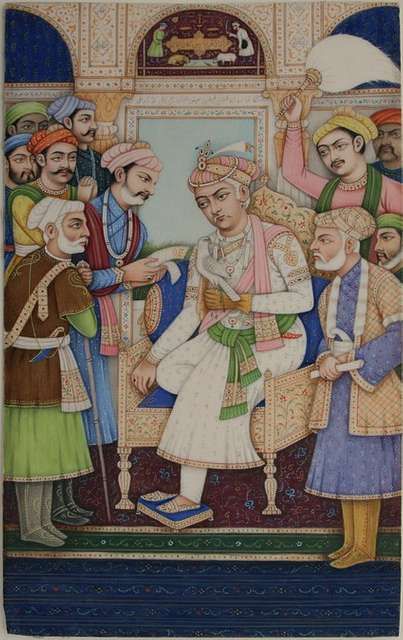Mesopotamia: A timeless legacy from the birth of civilization to global influence

Cradle of Civilization and Global Influence
Mesopotamia, the land “between the rivers,” nestled between the Tigris and Euphrates, witnessed the birth of humanity’s earliest civilizations. This ancient region, encompassing modern-day Iraq, Kuwait, and parts of Syria and Turkey, left an indelible mark on history. Let us explore the rich tapestry of Mesopotamian culture, its global connections, and enduring legacy.
The Sumerians: Architects of Civilization
- Sumerian City-States:
- Around 3500 BCE, the Sumerians established city-states like Ur, Uruk, and Eridu.
- They developed cuneiform writing, the earliest known script, inscribed on clay tablets.
- Innovations and Achievements:
- Irrigation: Sumerians mastered canal systems, transforming arid lands into fertile fields.
- Ziggurats: Towering temples dedicated to gods, symbolizing their spiritual connection.
- Mathematics: Sumerians used a base-60 numbering system, influencing later cultures.
Babylonians and Akkadians: Shaping Law and Literature
- Hammurabi’s Code:
- Babylonian king Hammurabi codified laws (c. 1754 BCE) on a stele.
- “An eye for an eye” principle influenced legal systems globally.
- Epic of Gilgamesh:
- Akkadian epic, predating the Bible, tells of hero Gilgamesh’s quest for immortality.
- Flood story parallels Noah’s Ark.
Assyrians and Neo-Babylonians: Empires and Artistry
- Assyrian Empire:
- Military prowess and brutal conquests defined Assyria (9th–7th centuries BCE).
- Palace reliefs depict battles, lion hunts, and royal grandeur.
- Neo-Babylonians:
- Nebuchadnezzar II rebuilt Babylon (6th century BCE).
- Hanging Gardens, one of the Seven Wonders, exemplified engineering marvels.
Global Connections
- Trade Routes:
- Mesopotamia linked East and West via Silk Road and spice routes.
- Exotic goods flowed—ivory, textiles, and precious metals.
- Cultural Diffusion:
- Mesopotamian myths influenced Greek, Egyptian, and Persian cosmologies.
- Astronomy, astrology, and medicine spread globally.
- Writing and Education:
- Cuneiform scripts disseminated knowledge.
- Scribes were revered; education was prized.
Legacy and Lessons
- Urbanization and Challenges:
- Mesopotamia grappled with urban issues—sanitation, governance, and social inequality.
- Modern cities face similar dilemmas.
- Religious Concepts:
- Creation myths, flood narratives, and afterlife beliefs echo across cultures.
- Ziggurats inspired temple architecture worldwide.
- Resilience and Adaptation:
- Mesopotamians endured invasions, climate shifts, and political upheavals.
- Their resilience teaches us to navigate change.
Mesopotamia’s legacy reverberates through time. Its art, science, and governance laid foundations for civilizations to come. As we gaze back across millennia, we recognize that our shared human journey began in the fertile embrace of the Tigris and Euphrates—a cradle of wisdom, innovation, and interconnectedness.








